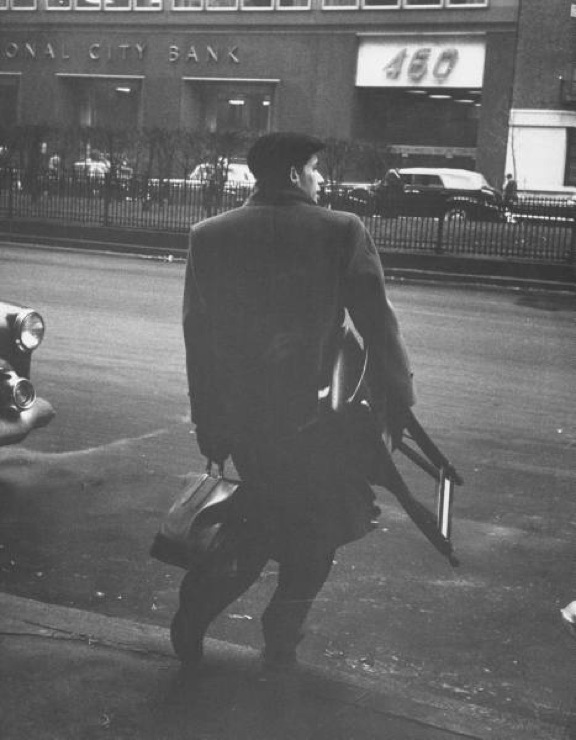Apparently, he was less particular about the rest of his furniture, which was reportedly secondhand and unremarkable. Since few photographs exist, his apartment can only be reconstituted in forensic fashion, piecing it together based on those few photographs and some anecdotes. The details of Gould’s living space illuminate his living strategies: how he coped, self-soothed and performed when no one was watching. When he was stuck in Israel using a piano that would not perform well for him, his remedy was to mentally transport himself back to suite 902. He explained: “… I sat in my car in the sand dune and decided to imagine myself back in my living room… and first of all to imagine the living room, which took some doing because I’d been away from it for three months at this point, and I tried to imagine where everything was in the room, then visualize the piano, and… this sounds ridiculously yogistic, I’d never done it before in precisely these terms or anything related to it in terms of precision… but so help me it worked.”
In photos, one room in the apartment looks like an archival storage area with stacks of unprocessed materials, but these piles are the result of a default position: a failure to clean, sort or discard. A photograph of this storage room shows a Grammy used as a paperweight that is half falling off the pile it anchors. His yellow legal pads, strewn throughout the apartment and found after he died, reflect Gould’s sense of interior order. Most of the pads’ contents are obsessive lists. He tracked various functions, maintaining lists related to the stock market, the food he ate, physical symptoms and future plans.
CONNECT










































































































































































No comments:
Post a Comment